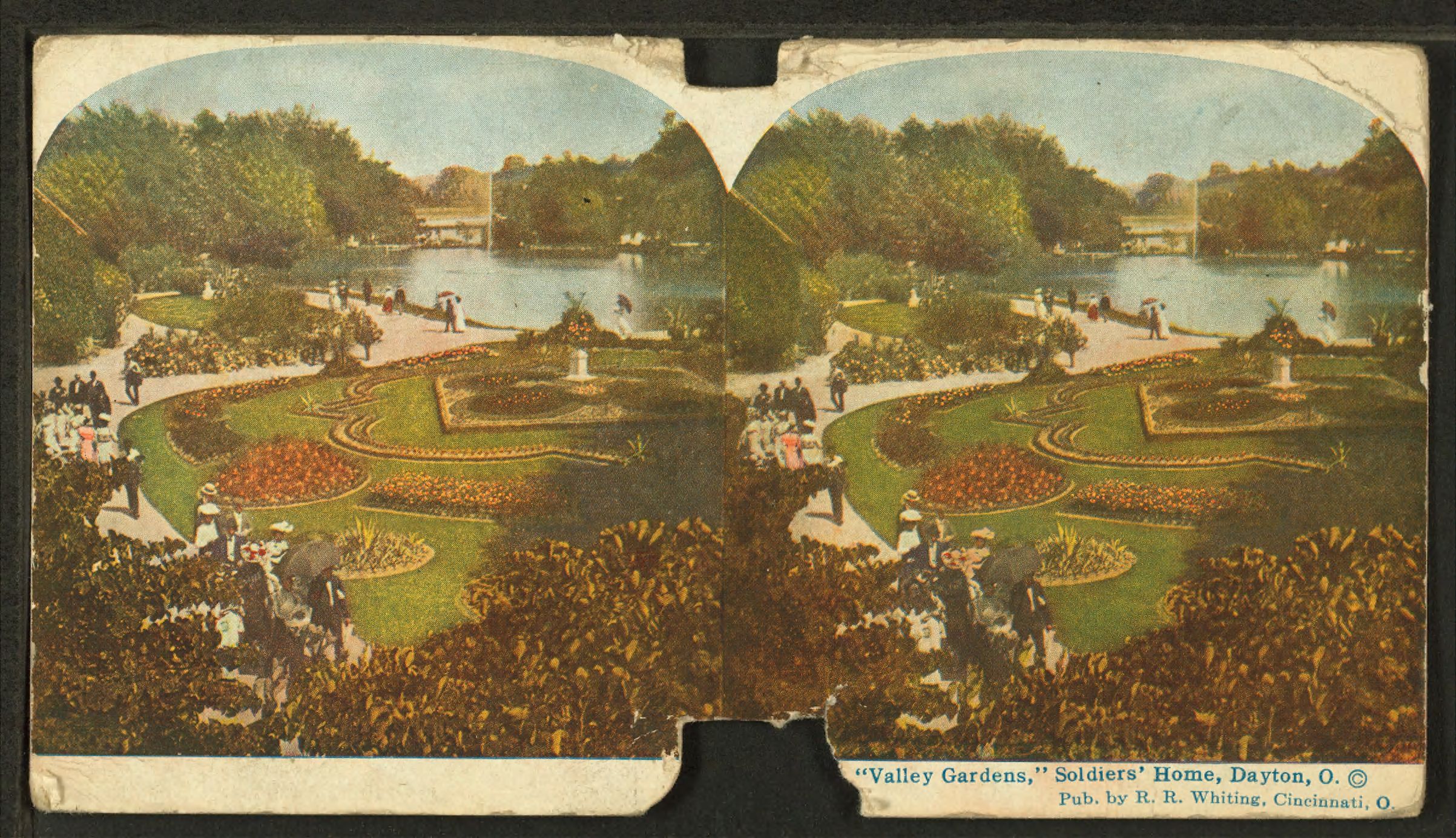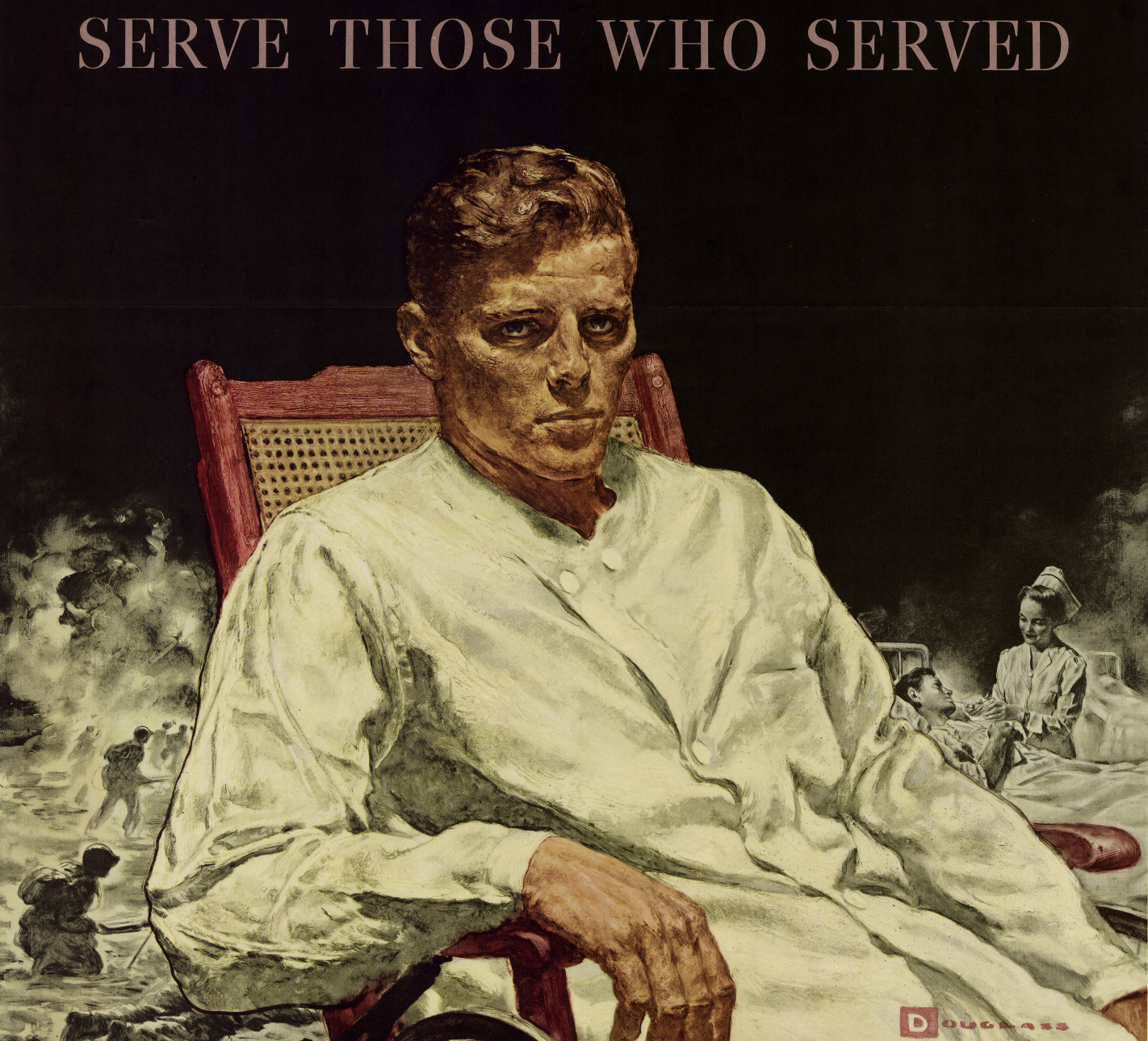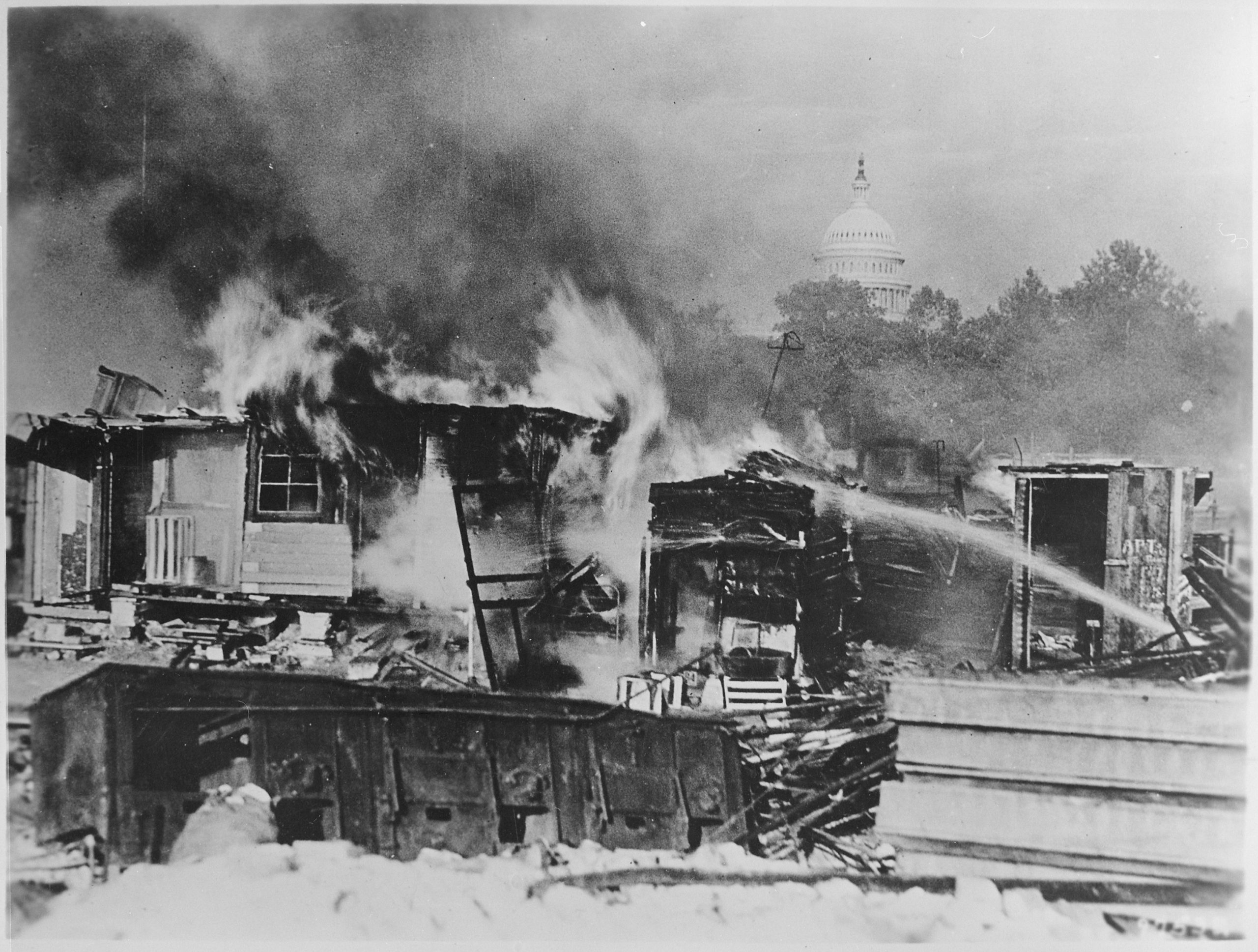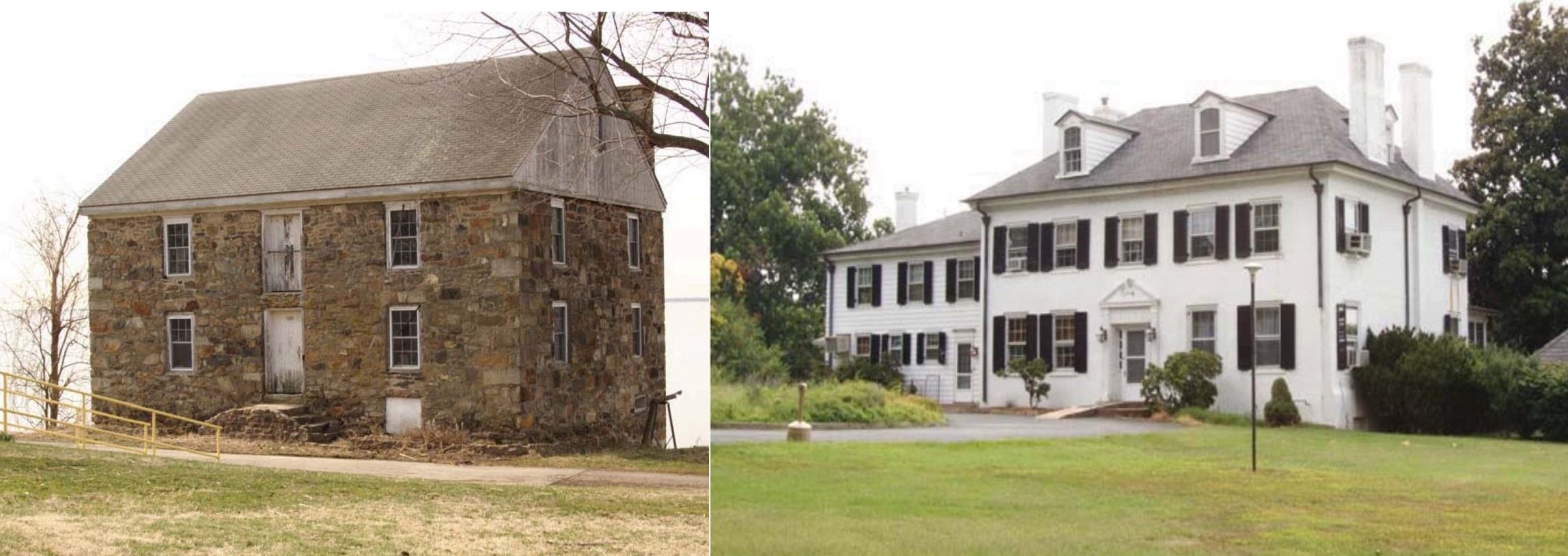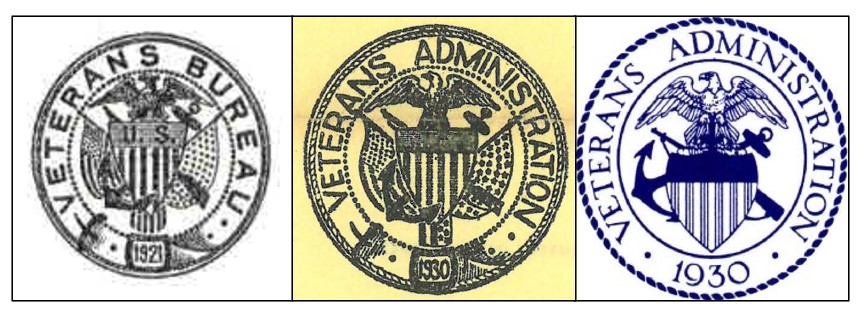History of VA in 100 Objects
The federal government in the Civil War arranged to care for returning soldiers too weakened by their wounds, the lingering effects of disease, or the hardships of military life. In the decades after the war, the government established the National Home for Disabled Volunteer Soldiers.
The Board of Managers for the National Home added such amenities as chapels, libraries, theaters, and playing fields. Great care also went into the shaping of the physical environment. The board employed landscaping architects to design the grounds of each branch to create an attractive, idyllic setting for residents and visitors alike. Influenced by the picturesque landscape movement, they adorned the National Home campuses with man-made ponds and lakes, ornate flower gardens, elaborate plantings of shrubs and trees, winding trails, and other features to beautify the properties.
History of VA in 100 Objects
The Congressional Medal of Honor is the nation’s highest decoration for valor in the military. More than 1,000 have been awarded, and 98 of those recipients worked at VA. A wall display outside VA's Under Secretary for Benefits in Washington, D.C. pays tribute to each of those individuals, whose stories are tied to the legacy of Veterans serving Veterans.
History of VA in 100 Objects
In August 1945, the United States detonated atomic bombs over the Japanese cities of Hiroshima and Nagasaki, ending World War II and ushering in the dawn of the Atomic Age. Two years later, the Veterans Administrations started harnessing this technology for a very different purpose—to conduct medical research by installing a small nuclear reactor at the VA hospital in Omaha, Nebraska.
Featured Stories
Frank Hines was the longest tenured VA leader, from 1923 until 1945 and end of World War II. He led two different Veteran agencies, first the Veterans Bureau and then the Veterans Administration. Despite constant challenges and changes to the system, he was a stable leader for a new federal agency.
History of VA in 100 Objects
The massive mobilization of industry and manpower with the United States’ entry into World War II lifted the nation out of the Great Depression. But even as the country enjoyed new heights of economic prosperity, American leaders worried about what would happen after the war. In 1942, Roosevelt formed two separate committees to focus specifically on programs to assist returning Veterans and one produced the GI Bill of Rights.
History of VA in 100 Objects
After World War II, the Veterans Administration faced a dire shortage of nurses. During the war, thousands of nurses and doctors left their positions in VA hospitals to join the armed forces. In early 1944 VA Administrator General Frank T. Hines reported a shortfall of roughly 1,000 nurses in 88 of the VA’s 94 hospitals.
History of VA in 100 Objects
The Dayton Bible highlights the important role that religious faith and chaplains played in the lives of the National Home residents as well as later generations of Veterans.
History of VA in 100 Objects
After the United States entered World War I in 1917, the government hastily built new facilities both to train Army medical personnel and to provide care for soldiers wounded during the fighting or stricken with disease. Oteen Veterans' Hospital was one of these.
History of VA in 100 Objects
After World War I, Americans discharged from military service faced a difficult homecoming. Many struggled to find work in the tight labor market created by a post-war recession. After a deferred payout, the Bonus Act, was passed, many Veterans marched on the capital to voice displeasure. The Bonus Army soon formed.
History of VA in 100 Objects
In 1946, Americans were adjusting to life in the immediate aftermath of World War II. Post-war concerns were varied. On November 21, 1946, "The Best Years of Our Lives" opened in movie theaters. The film was praised for its frank portrayal of the transition from military service to Veteran status as seen through the eyes of its three main characters returning to their hometown after the war. The movie poster displayed the cast in their roles.
History of VA in 100 Objects
VA manages more than 1,700 historic properties, but none older than the Grist Mill and Mansion House on the campus of the Perry Point VA Medical Center in Maryland.
History of VA in 100 Objects
On July 21, 1930, President Herbert C. Hoover signed Executive Order 5398 establishing the Veterans’ Administration (VA), the forerunner of today’s Department of Veterans Affairs. Soon Adminstrator Frank Hines had created a new Veterans' Administration seal to go with the new agency.


